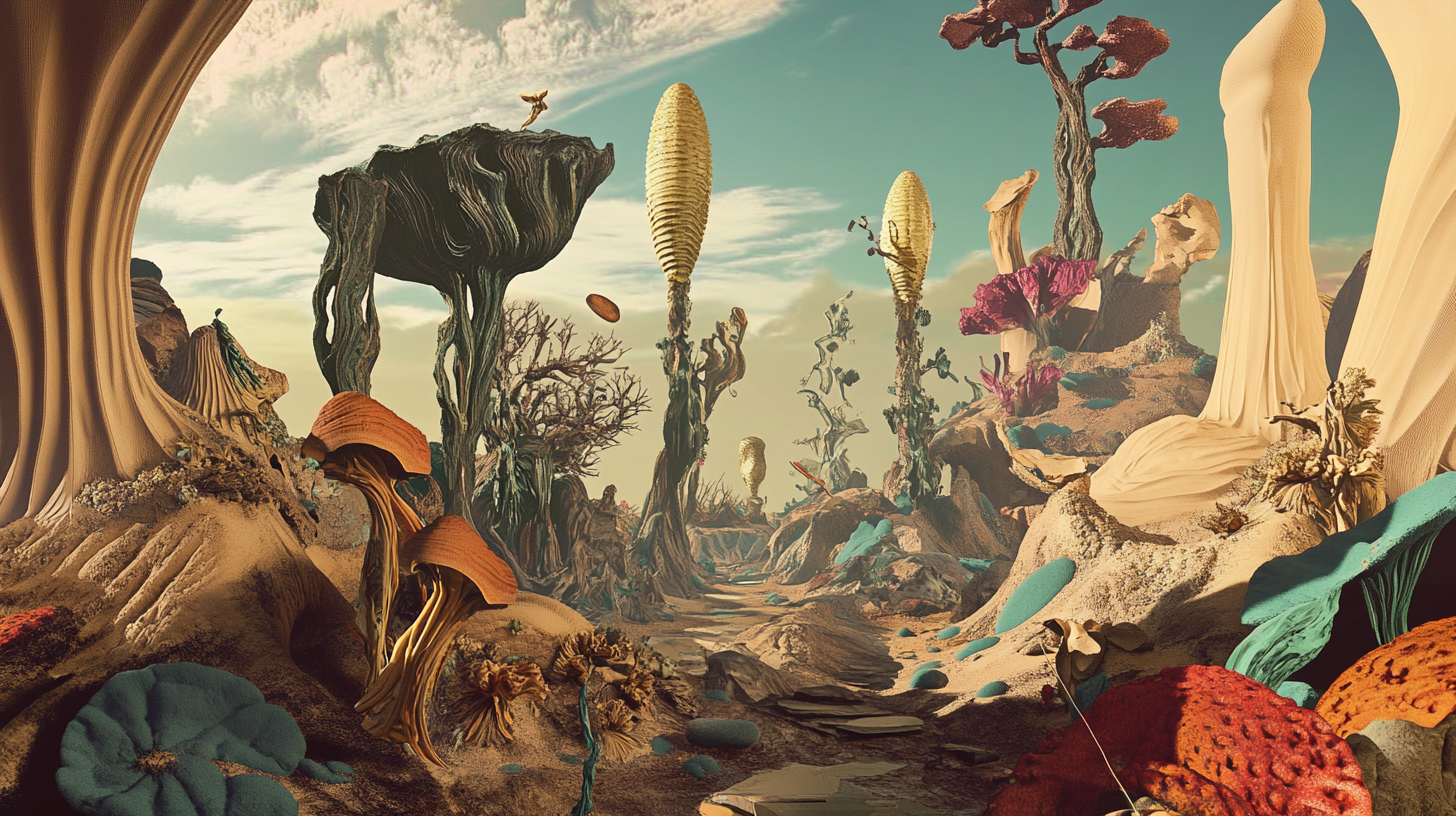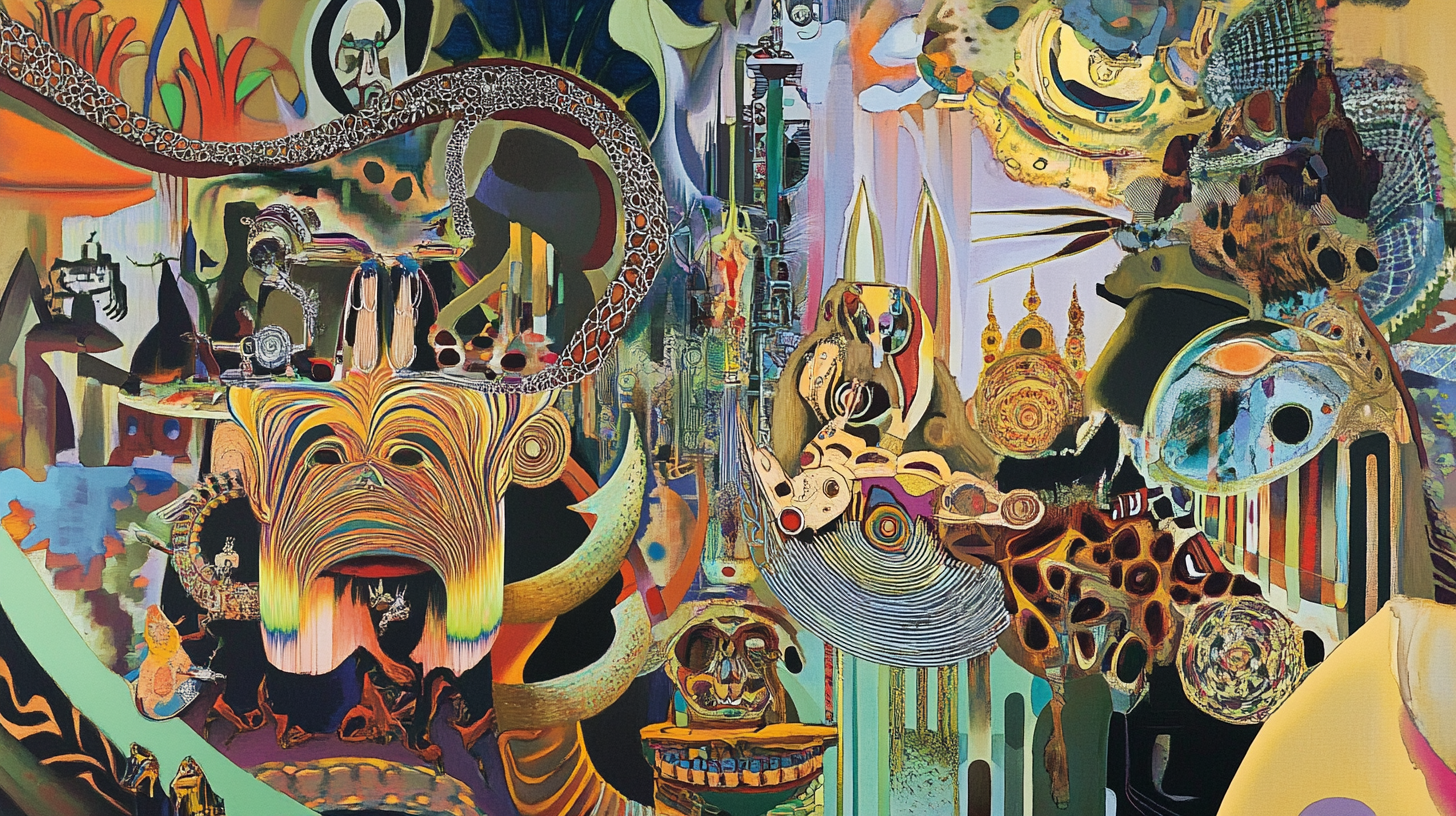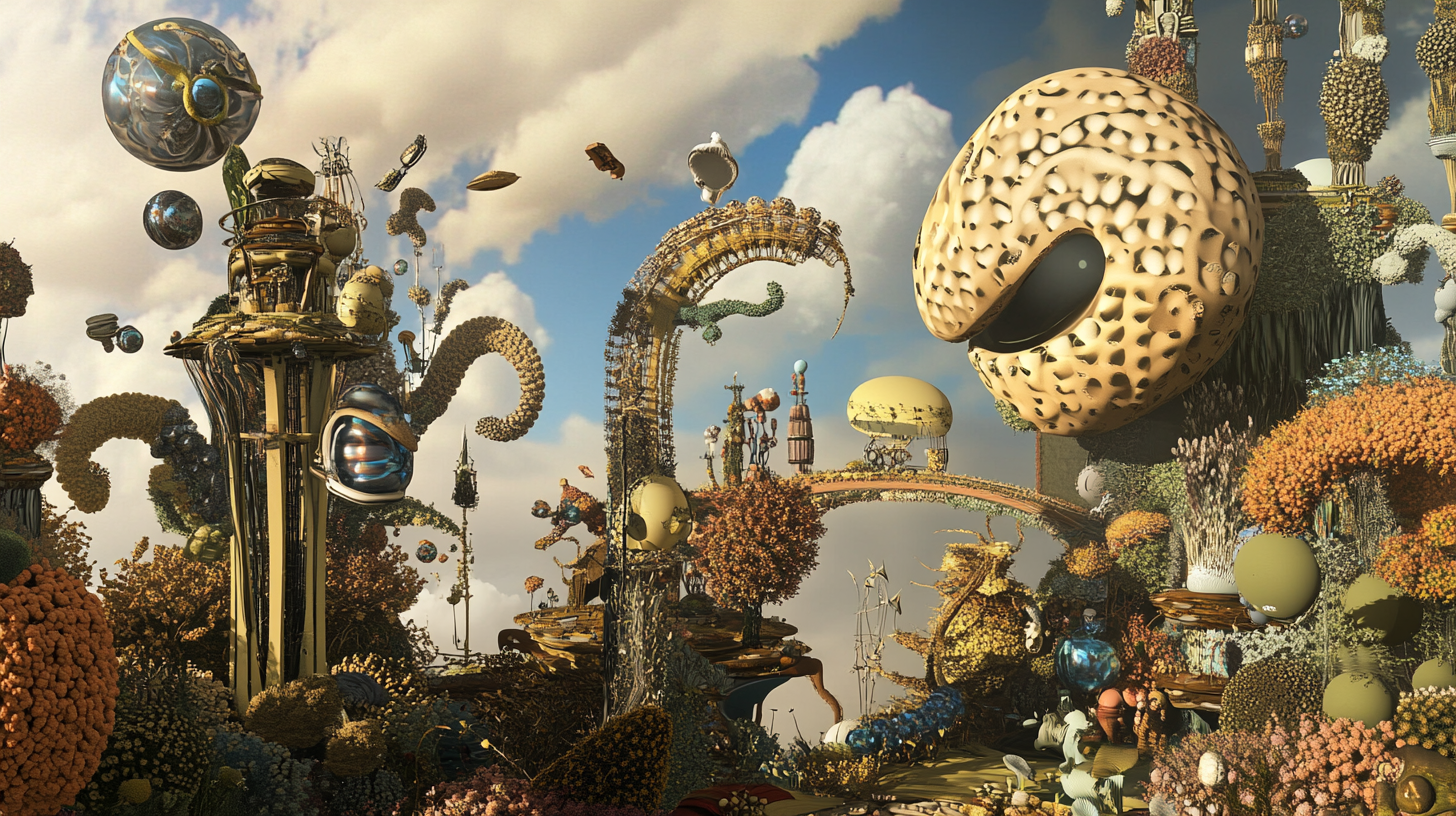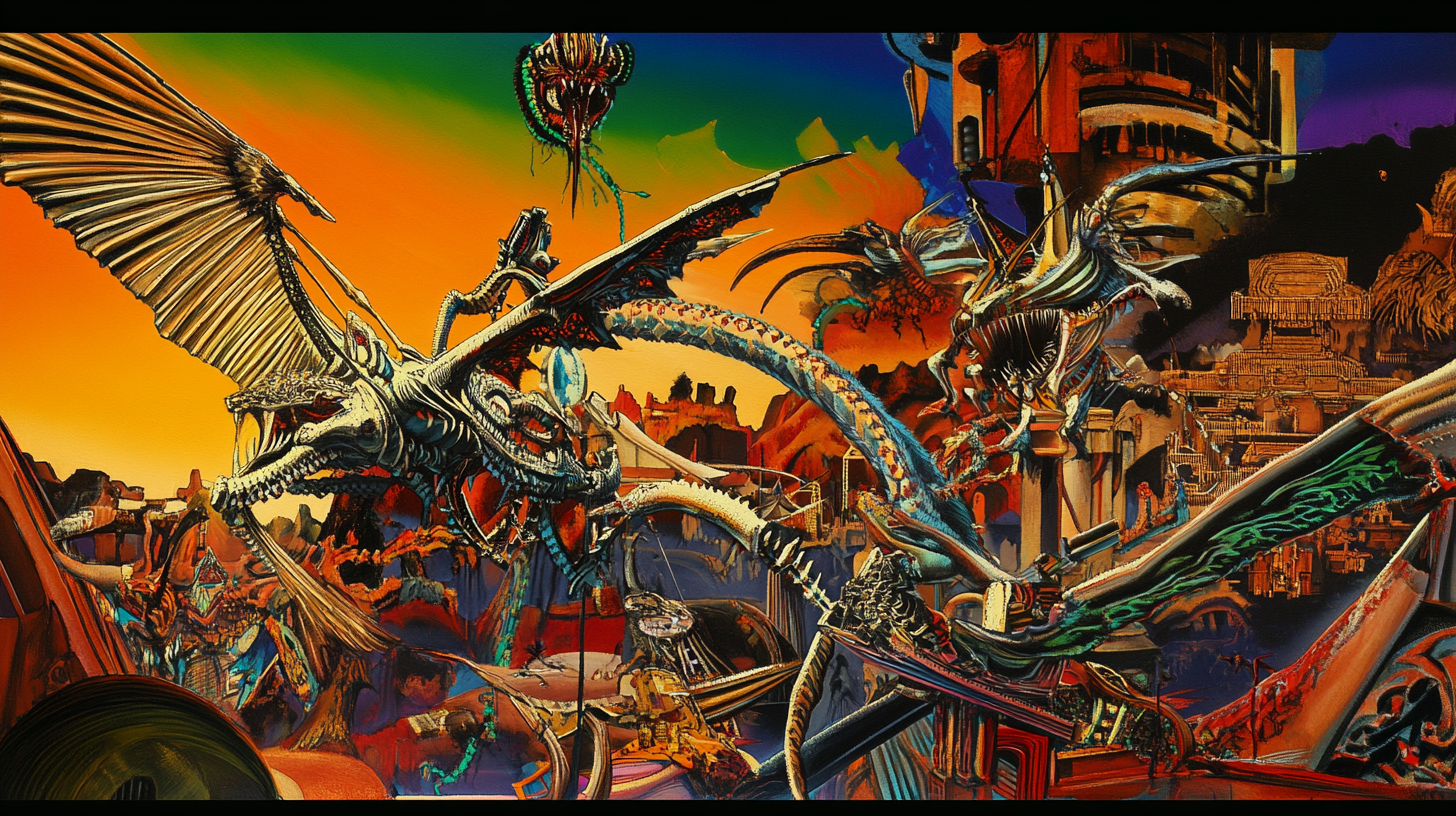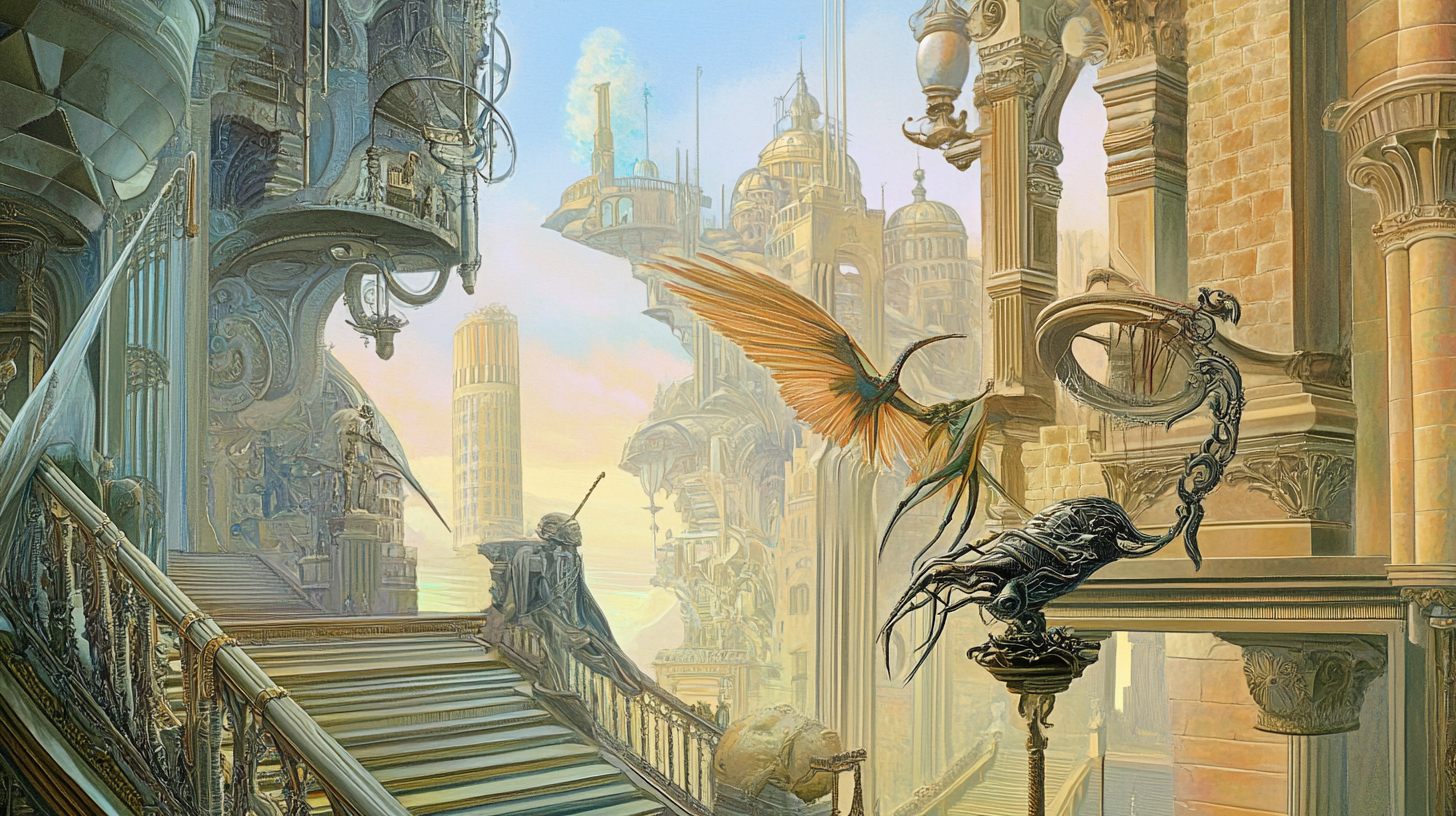Fauvism
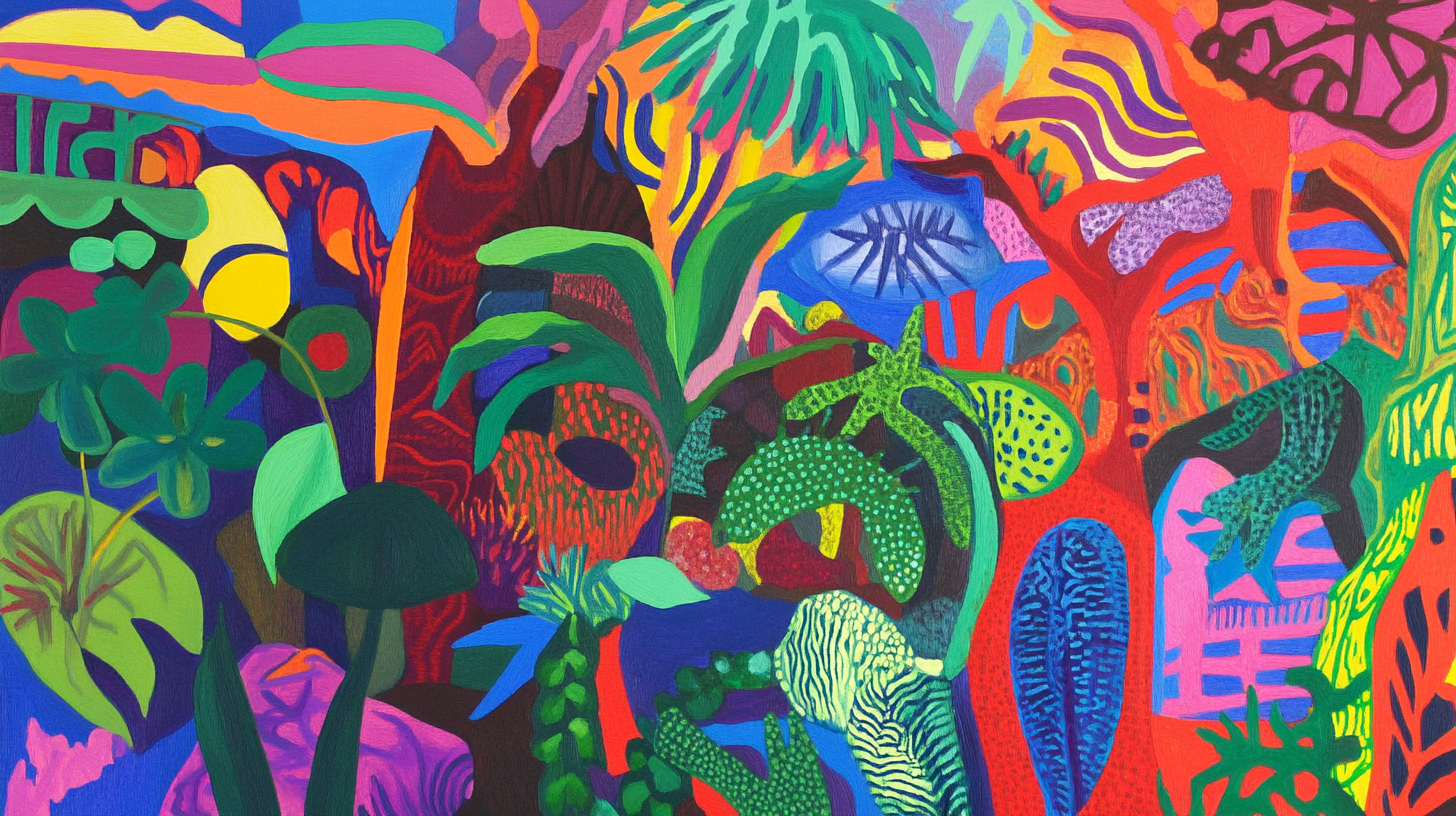 AI-Generated ImageAI-Generated Image
AI-Generated ImageAI-Generated Image Fauvism is a bold and expressive early 20th-century art movement celebrated for its explosive use of color, simplified forms, and emotional intensity. Led by Henri Matisse and André Derain, the Fauves—or “wild beasts”—rejected realistic representation in favor of raw emotion and pure chromatic energy. Their works vibrated with unrestrained color and fearless experimentation, transforming feeling into form. Reimagined through the Output.GURU AI creative generator, AI Fauvism channels this same spirit of passion and freedom, producing AI-generated art that merges digital precision with the untamed power of human expression.
Fauvist works often depict landscapes, portraits, and still lifes using unnatural, non-representational colors—blue trees, red skies, green faces—not to mimic reality, but to evoke mood, sensation, and artistic freedom. The style is spontaneous, unrefined, and joyful, breaking away from academic traditions.
In AI and digital art, Fauvism serves as a powerful style for expressive, color-driven compositions—perfect for creators seeking to emphasize emotion through chromatic intensity rather than detail or realism.
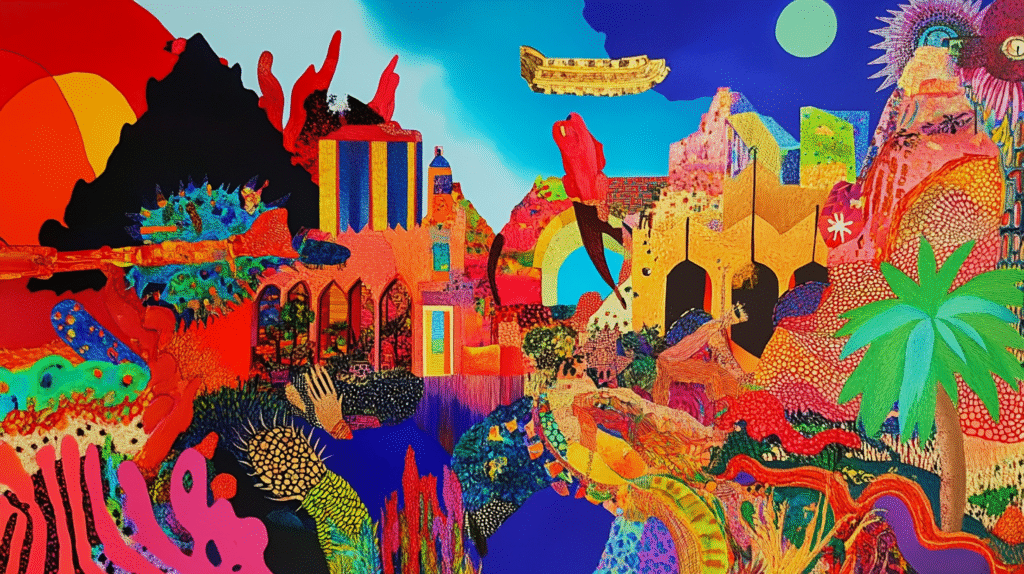 AI-Generated Image
AI-Generated Image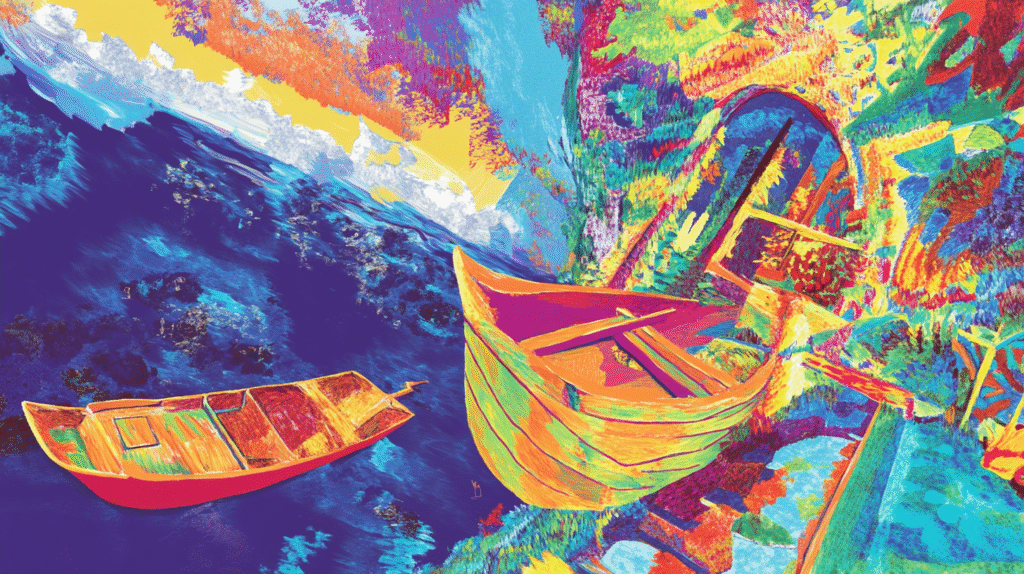 AI-Generated Image
AI-Generated Image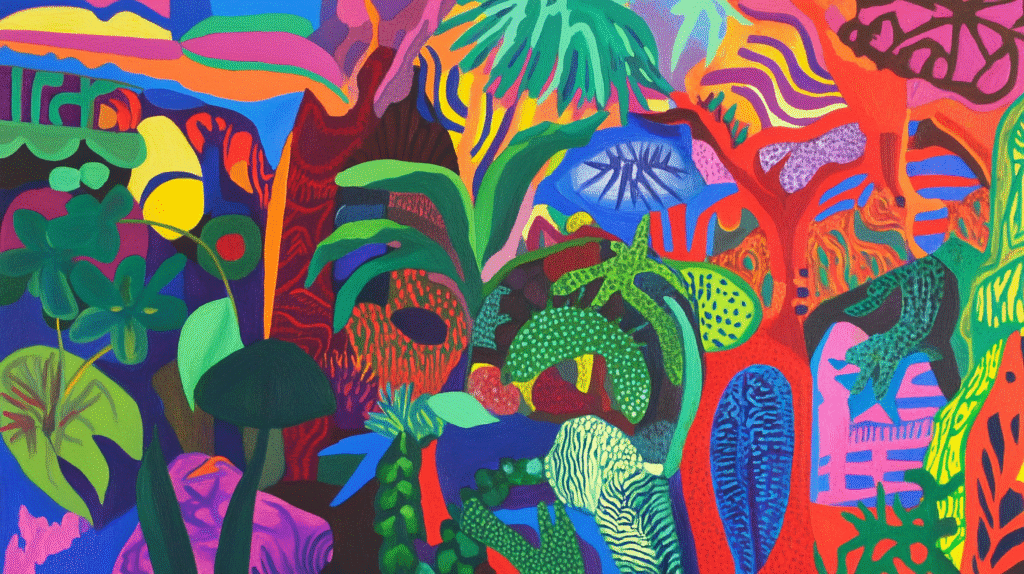 AI-Generated Image
AI-Generated Image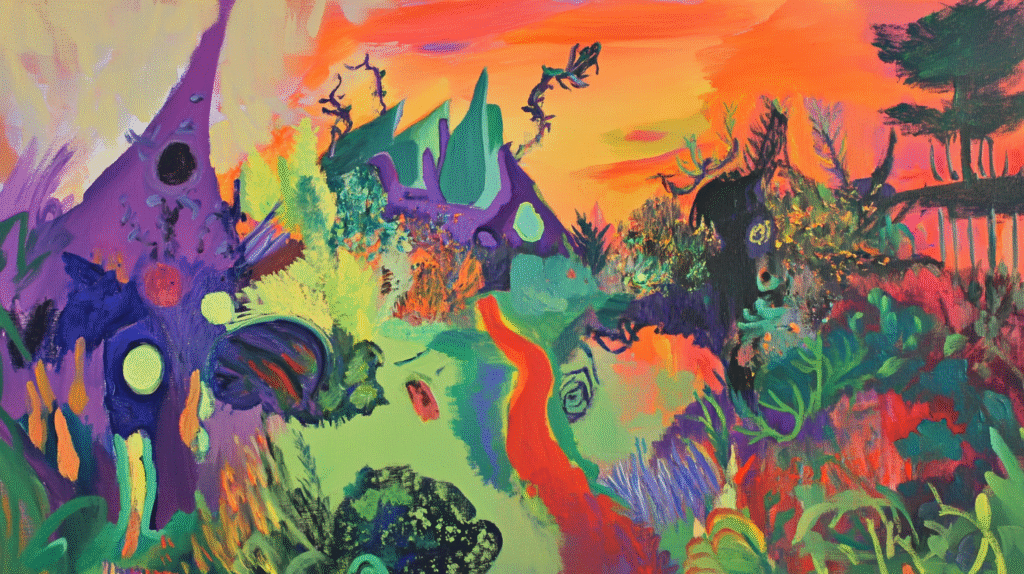 AI-Generated Image
AI-Generated ImageFrequently Asked Questions
What is Fauvism known for?
Fauvism is known for its explosive use of color, simplified forms, and emotional intensity.
Who were the leading artists of the Fauvism movement?
The leading artists of the Fauvism movement include Henri Matisse and André Derain.
What types of subjects do Fauvist works typically depict?
Fauvist works typically depict landscapes, portraits, and still lifes using unnatural colors.

